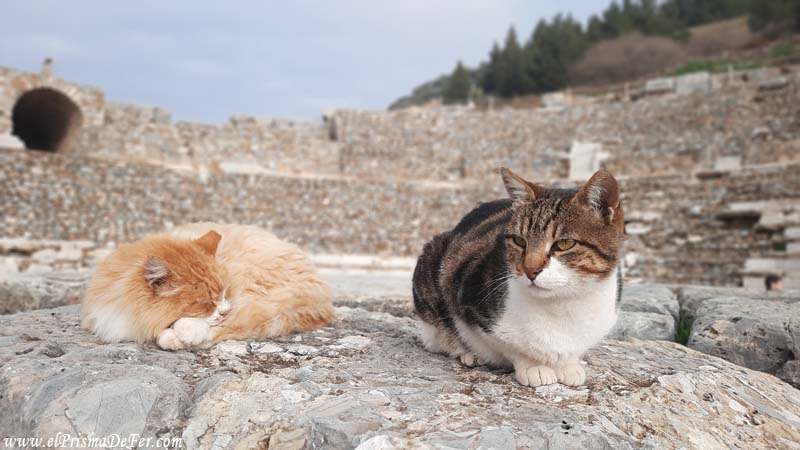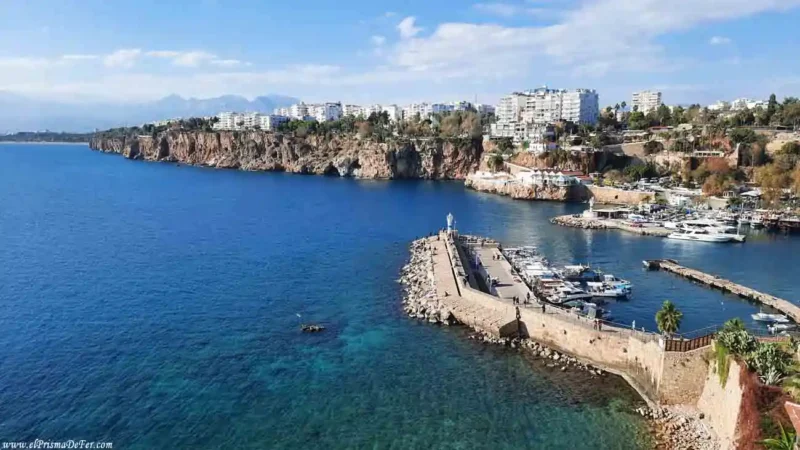My journey along the Silk Road was coming to an end, as it should, in Istanbul. A city that needs no introduction, but still manages to surprise, whether you're visiting for the first time or walking its streets again.
The towering mosques, the traditional markets, the coming and going of people, and the aroma of spices show why Istanbul is a city with history in every corner.
In this post I'm going to tell you about my experience in Istanbul, what it was like to reach the end of my Silk Road trip, and what places you absolutely must visit in this unique city.
In addition, you'll find practical information to help you plan your visit, tips for getting around the most interesting neighborhoods, and some personal recommendations that you'll only discover by exploring Istanbul on foot.
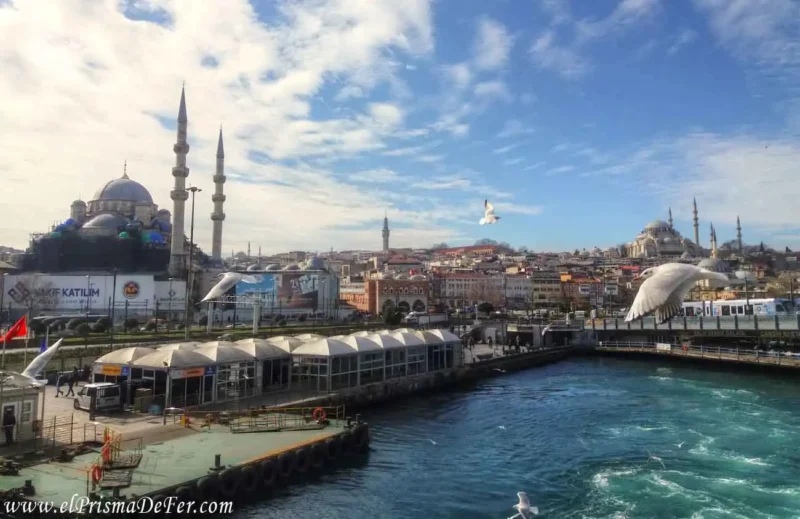

Table of Contents
Where is Istanbul located?
Istanbul is located in a unique place in the world: right between Europe and Asia, divided by the Bosphorus Strait. This position makes it one of the few cities on the planet that belong to two continents at the same time.
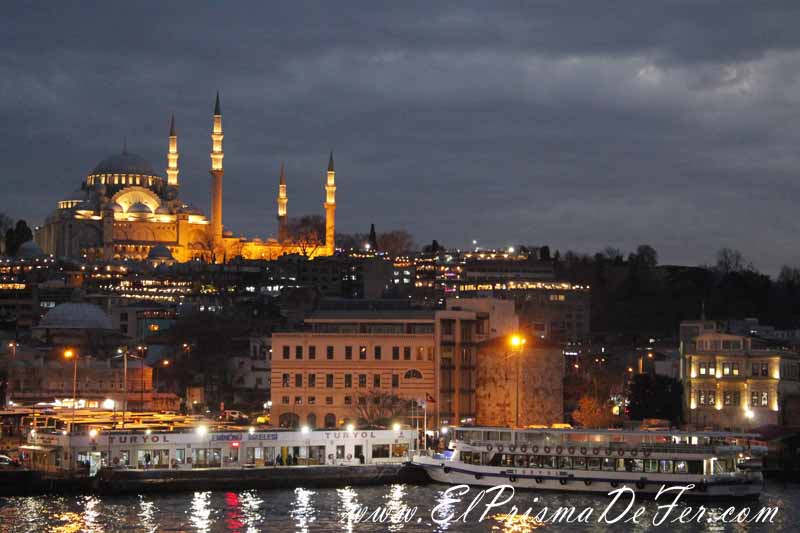
To the west of the Bosphorus is the European side, where most of the historical attractions are concentrated, such as Sultanahmet, Hagia Sophia and the Grand Bazaar; while to the east, on the Asian side, neighborhoods like Üsküdar and Kadıköy show a quieter and more local side of the city.
Furthermore, Istanbul stretches along the shores of the Sea of Marmara and overlooks the Black Sea, which historically made it a key point of trade, culture and connection between East and West.
The end of a long journey along the Silk Road
Arriving in Istanbul meant much more than changing cities: it was closing a chapter that had begun far away, at the other end of Asia, in China.
From that starting point, I followed in the footsteps of ancient merchants along some of the world's most legendary routes. I crossed the Pamir Mountains, the deserts of Mongolia and Central Asia, the modern caravans of Uzbekistan and the routes of the Caucasus until finally arriving in Turkey.

Each border crossed was a small achievement, each culture a new lesson, and each person encountered another story added to the journey.
After so many kilometers traveled, Istanbul presented itself as the perfect destination to put an end, or rather a full stop, to this journey that had begun with the idea of following a historical route, and ended up becoming a deeply personal experience.
A brief history of Istanbul
Few cities in the world have a history as fascinating as Istanbul. Its origins date back to the 7th century BC, when the Greeks founded a colony called Byzantium in a strategic location, right where Europe and Asia meet.
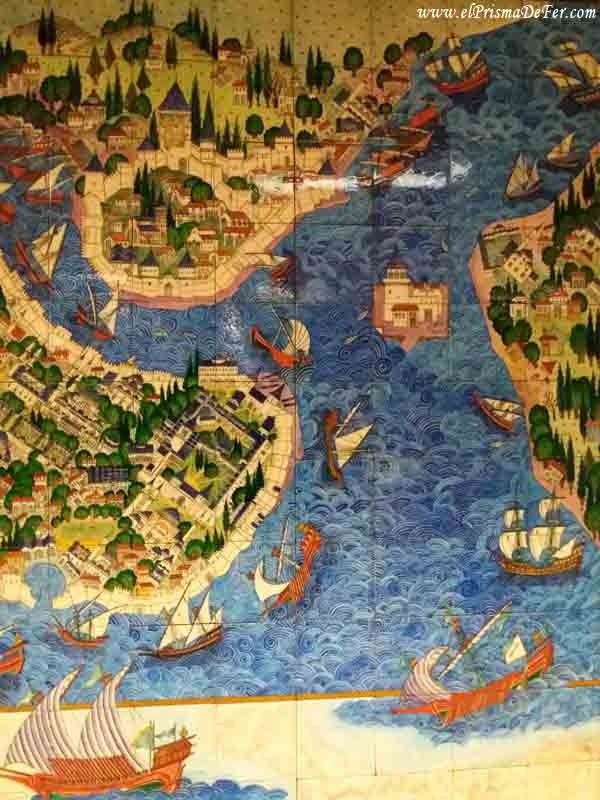
Centuries later, the Roman emperor Constantine made it the capital of the Eastern Roman Empire and gave it his name: Constantinople.
For more than a thousand years, Constantinople was the center of the Byzantine world: a powerful city, full of churches, palaces and markets where goods arrived from all corners of the planet.
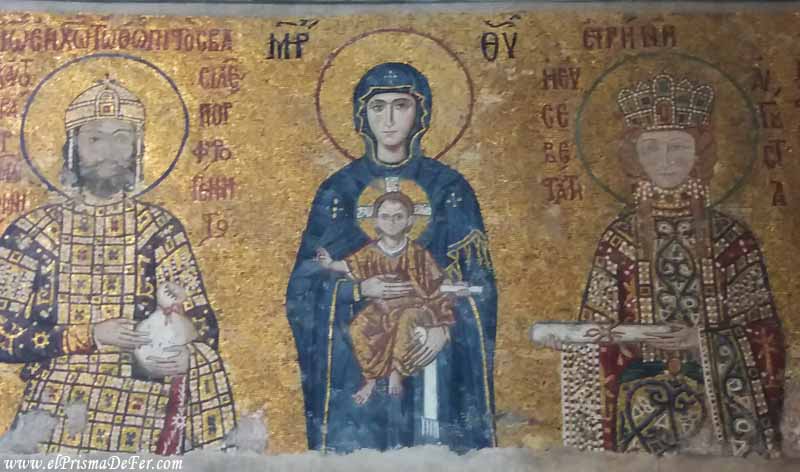
In 1453, the Ottomans conquered the city and a new era began. Constantinople became known as Istanbul, and was transformed into the capital of an empire that lasted almost five centuries, leaving a deep mark on its architecture, culture and identity.

Today, Istanbul retains that unique blend of heritages: Byzantine, Ottoman, and modern. Walking through its streets is like traveling back in time, amidst the calls to prayer, the vibrant bazaars, and the history that permeates every corner.
Istanbul, hub between East and West
Istanbul is not only a stunning destination in itself, but it also serves as a strategic hub for making stopovers and connecting with Europe, Asia, and the Middle East.
Its strategic location and its two main airports, especially Istanbul Airport (IST), make it one of the most important cities in the world for intercontinental travel.
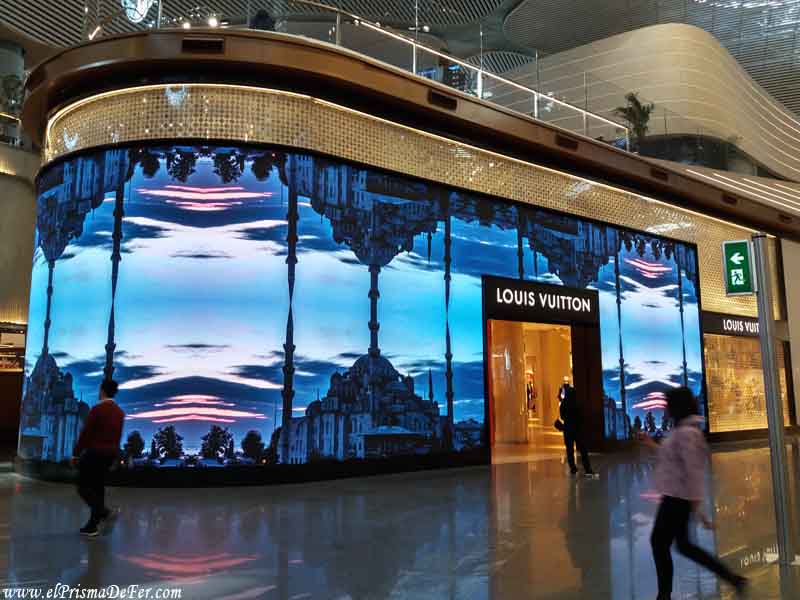
Istanbul-based Turkish Airlines leverages its location to offer direct flights to virtually every corner of the globe. From the city, you can easily fly to destinations across Asia, the Middle East, Africa, and Europe, making it an ideal hub for planning complex trips or multi-country itineraries.
Istanbul Museum Pass: Is it worth it?
The Museum Pass Istanbul is a tourist card that allows you to access several of the city's main historical attractions and museums with a single pass. It's a great option if you plan to visit multiple sites in just a few days, as it saves you money and allows you to skip the ticket lines.
The pass is valid for 5 consecutive days (starting from the first use) and can be purchased directly at museum entrances or on the official website.
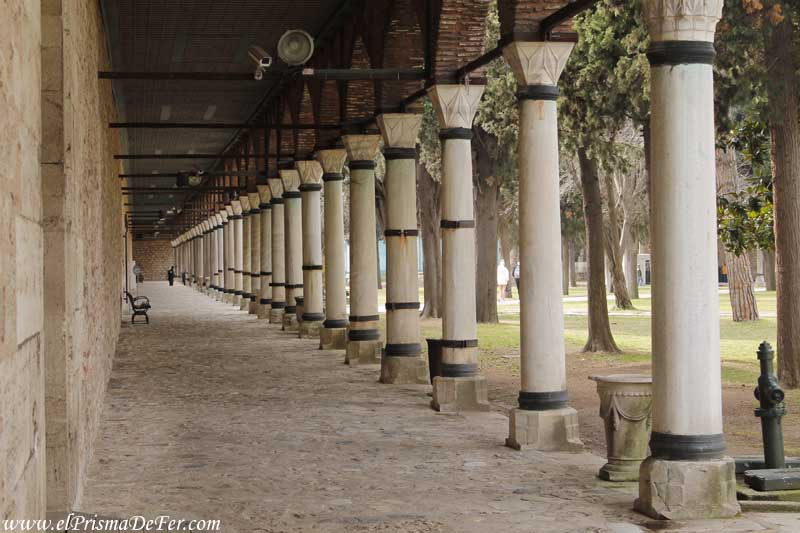
Among the most important attractions included are:
- Hagia Sophia and Upper Gallery (when available for visits)
- Topkapi Palace and the Harem
- Istanbul Archaeological Museum
- Museum of Mosaics of the Grand Palace
- Museum of the History of Science and Technology in Islam
- Rumeli Hisarı Fortress Museum
- Galata Mevlevi Museum (whirling dervishes)
In total, the pass covers more than a dozen museums and historical sites managed by Turkey's Ministry of Culture.
As for whether it's worth it or not, it depends. If you plan to visit several paid attractions in just a few days, then yes, it's worthwhile, because the combined cost of individual tickets usually exceeds the price of the pass, which is around €100. On the other hand, if your itinerary is more relaxed or you plan to spend more time wandering the streets, visiting markets, or exploring local neighborhoods, you probably won't get your money's worth.
My recommendation is to use it especially if it's your first visit to Istanbul, as it allows you to enter the most emblematic places without complications and make better use of your time.

Map with the main attractions to see in Istanbul
What to see and do in Istanbul
Istanbul is an inexhaustible city. No matter how many days you have, there's always something left to discover. Between history, culture, food, and views of the Bosphorus, here's a selection of places and experiences you shouldn't miss on your visit.
Walking Tour
A free walking tour is the best way to start exploring the city. While it's not free, as it operates on a tip-based system, it helps you get your bearings quickly, you learn history and anecdotes from a local guide, and you can meet other travelers along the way. You can book your free walking tour here.
Hagia Sophia (Ayasofya)
Few buildings in the world condense as much history as the Hagia Sophia. Built in 537 by order of Emperor Justinian, it was for almost a thousand years the most important church in the Byzantine Empire.
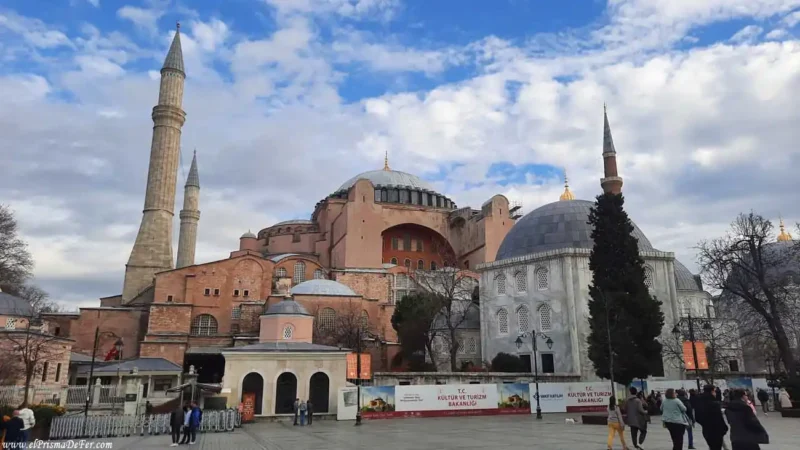
When the Ottomans conquered Constantinople in 1453, it was transformed into a mosque, and in 1935, during Atatürk's rule, it became a museum.

In recent years, under Erdoğan's government, it resumed functioning as a mosque, although it remains open to the public.
Entering Hagia Sophia is breathtaking. Its gigantic dome seems to float above the central nave, supported by a play of light that spans centuries.
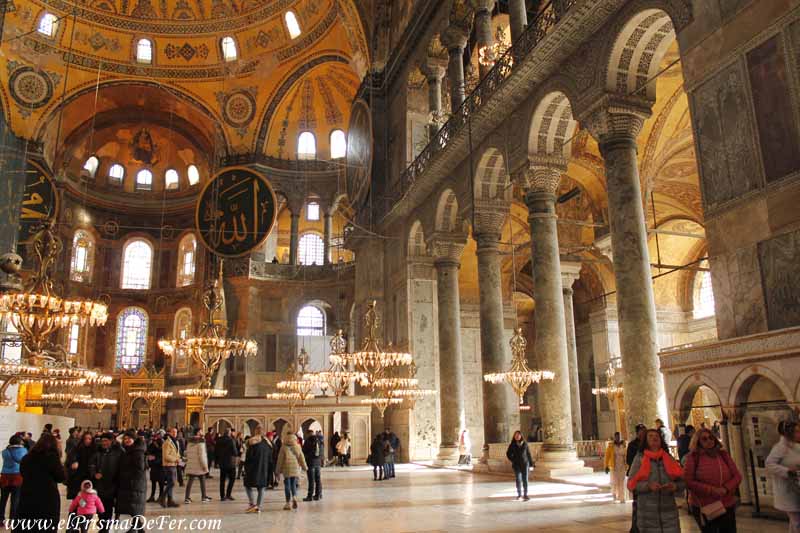
Byzantine mosaics, Christian symbols, and Arabic inscriptions coexist in the same space, showcasing the essence of Istanbul: a unique blend of East and West.
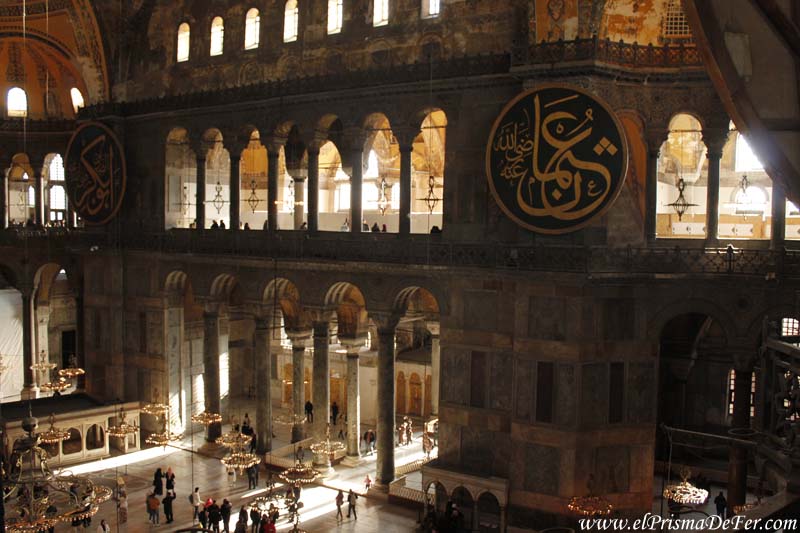
Blue Mosque (Sultanahmet Camii)
Opposite Hagia Sophia stands the Blue Mosque, one of the most famous temples in the Islamic world.
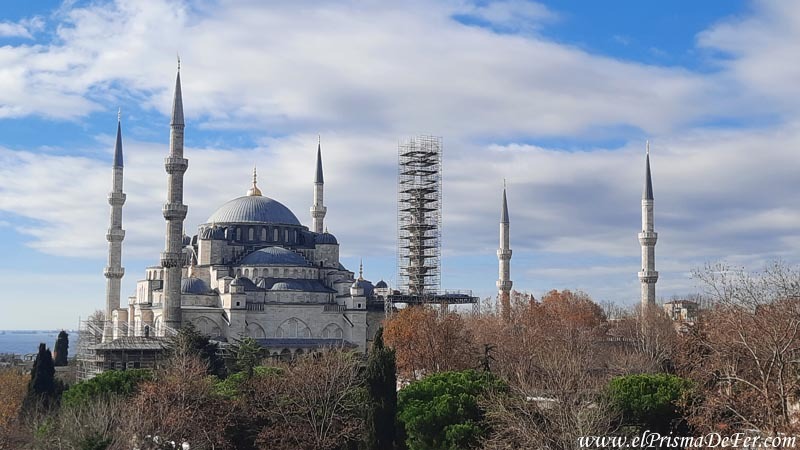
It was built at the beginning of the 17th century by Sultan Ahmed I, with the intention of surpassing its Byzantine neighbor in beauty.

Besides its imposing exterior architecture, the interior of the Blue Mosque is equally impressive. Its walls are covered with more than 20,000 Iznik tiles in shades of blue and green, which give it its name and create a unique luminous effect when light enters through the more than 200 windows.

Seeing the six minarets at sunset, while the call to prayer sounds, is a moment that remains etched in memory, especially for those of us who come from countries where Islam is not common.
Topkapi Palace
The Topkapi Palace was for almost 400 years the residence of the Ottoman sultans and the political heart of the empire.
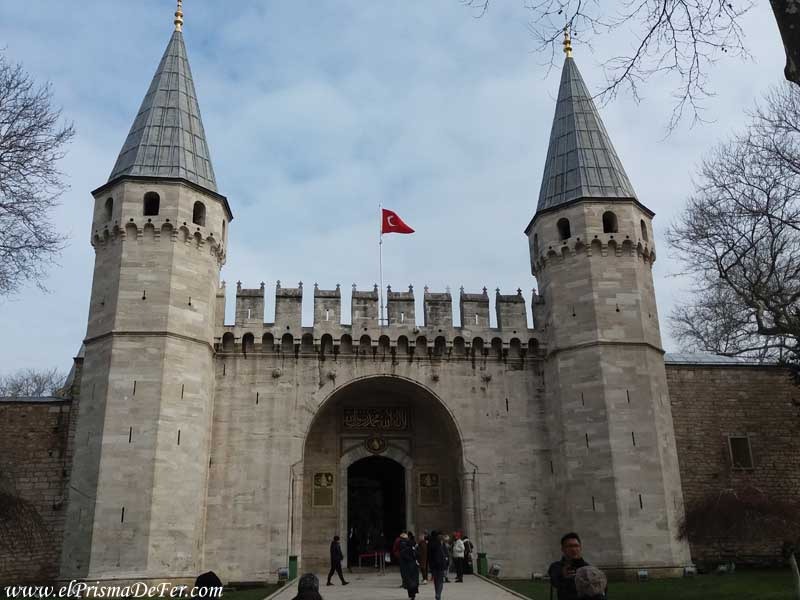
Within its walls, among courtyards, fountains and gardens, decisions were made that shaped the history of half the world.
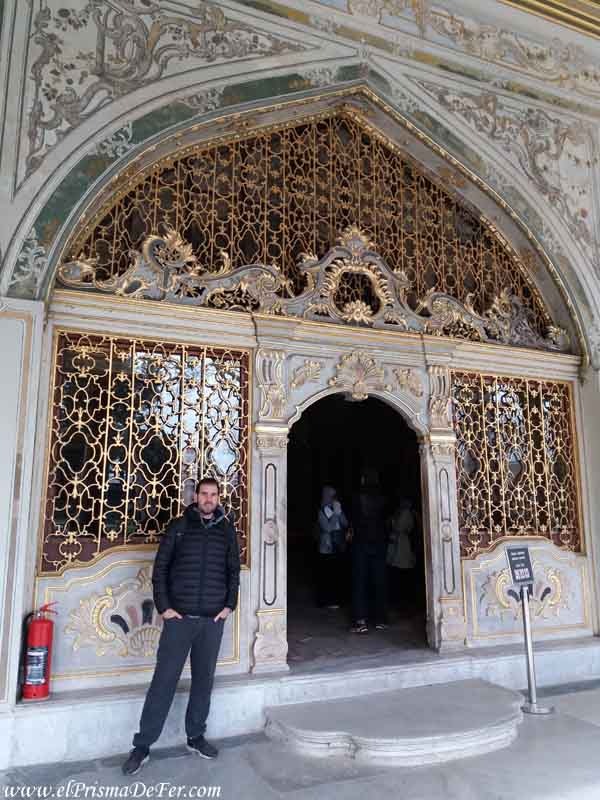
The complex is enormous and is explored in sections.
- The Harem, which was the private residence of the sultan and his family, is one of the most interesting parts (and is included in the Museum Pass).
- It is also worth visiting the treasury room, where jewels, religious relics and priceless objects are on display.
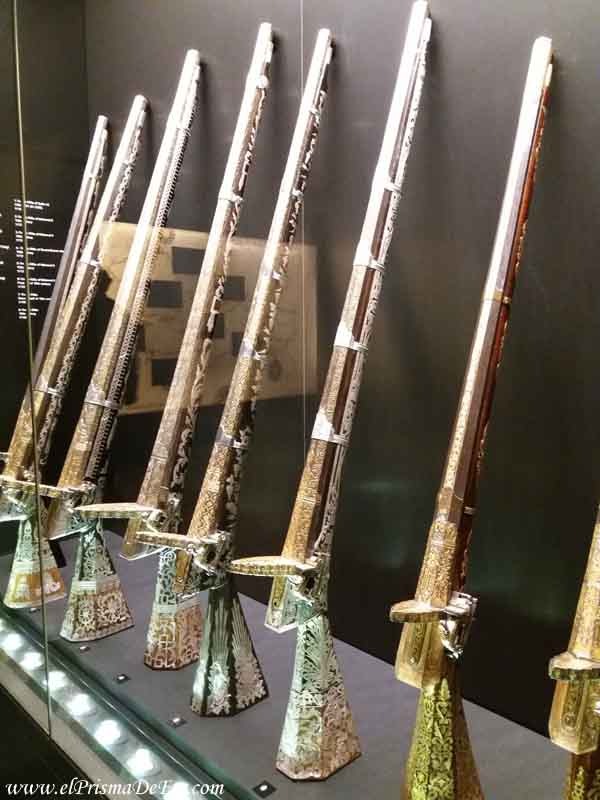
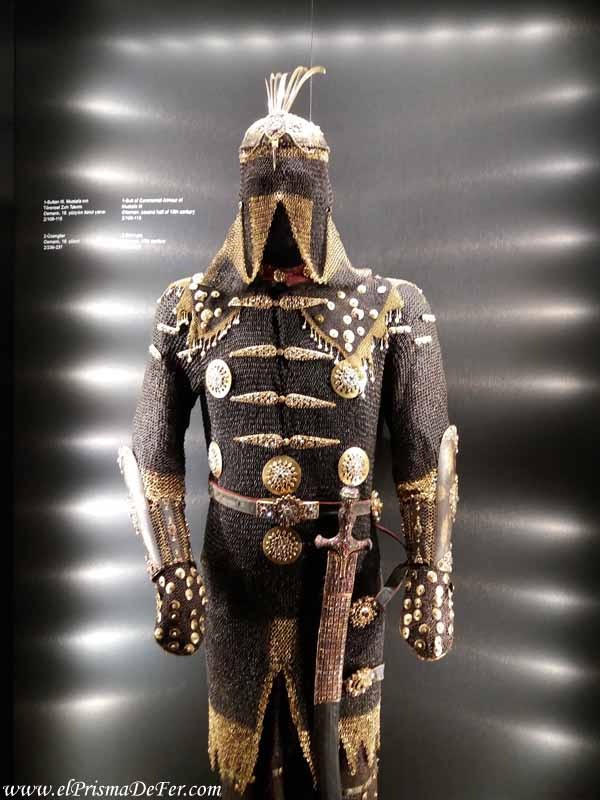
The best thing to do is take your time with the tour. From the terraces overlooking the Bosphorus, you can understand why Topkapi wasn't just a palace, but a city within a city.
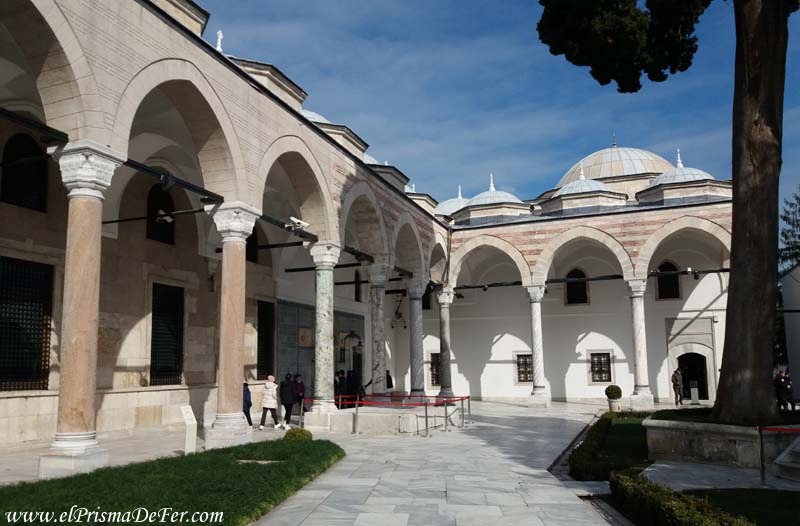
From this link you can buy tickets in advance to avoid the queues.
Hadrian's Obelisk and the Hippodrome
The Obelisk of Hadrian and the Hippodrome Track are vestiges of the heart of ancient Constantinople.

The Hippodrome was the place where chariot races and public events were held during the Byzantine Empire, and today there remains a large esplanade where some monuments are preserved, such as the obelisk brought from Egypt by Emperor Constantine and the obelisk of Constantine with its bas-reliefs.
Visiting this space allows you to imagine what life was like in the city centuries ago: if you listen carefully you will hear the noise of the carts, the shouts of the crowd and the political importance that each event had.
Although today it is a park open to the public, its history remains palpable in every stone and monument that still stands.
Basilica Cistern (Yerebatan Sarnıcı)
Beneath the streets of Sultanahmet lies a place that seems straight out of a movie: the Basilica Cistern, a huge underground structure built in the 6th century to store water for the imperial palace.
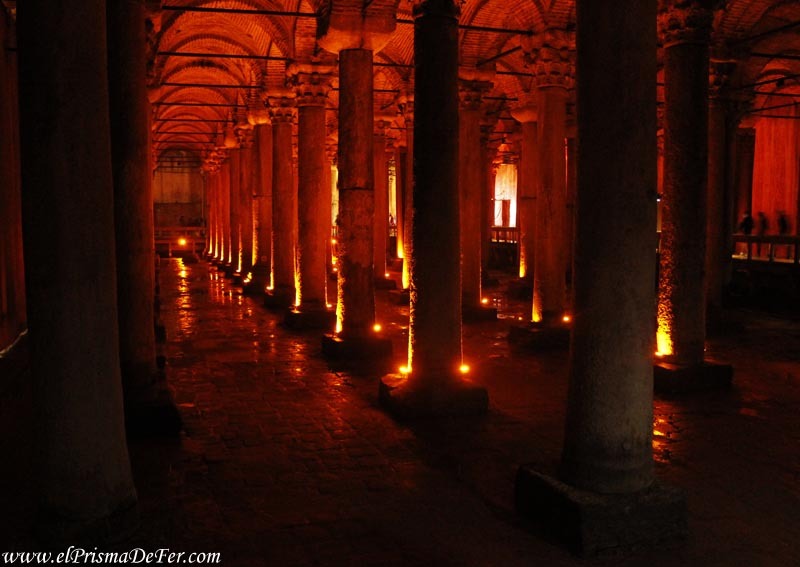
With its hundreds of dimly lit columns and the reflection of the water on the ground, the atmosphere is almost mystical.
At the far end are the famous Medusa heads, placed upside down and sideways, which still generate theories about their origin. It's a brief but unmissable visit.
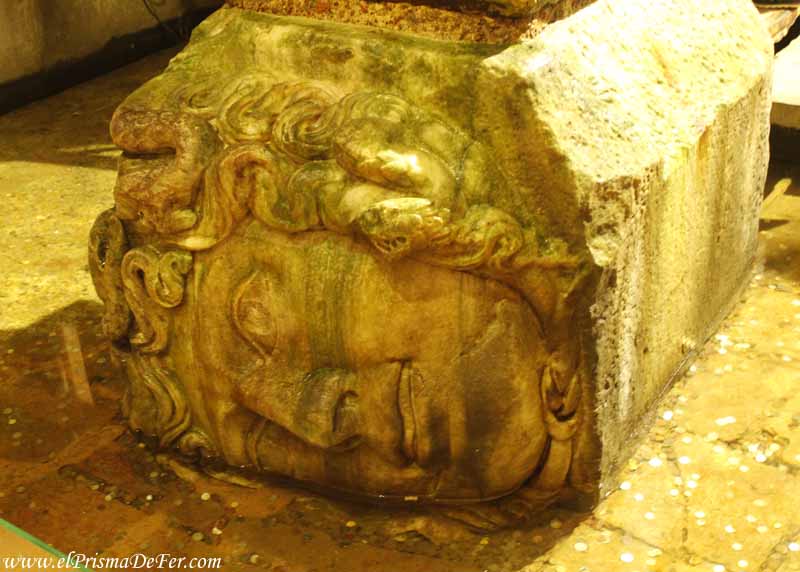
From this link you can buy tickets and skip the queue.
Visit the Grand Bazaar
The Grand Bazaar (Kapalıçarşı) is one of the largest and oldest covered markets in the world, with more than 4,000 shops spread over 61 streets.

Its history dates back to the 15th century, shortly after the Ottoman conquest, and since then it has been a commercial center where everything is sold: from carpets and lamps to spices, jewelry and textiles.
Getting lost in its corridors is a unique experience. Each street has its own style: there are areas dedicated to jewelry, others to ceramics, and others to souvenirs and handicrafts.
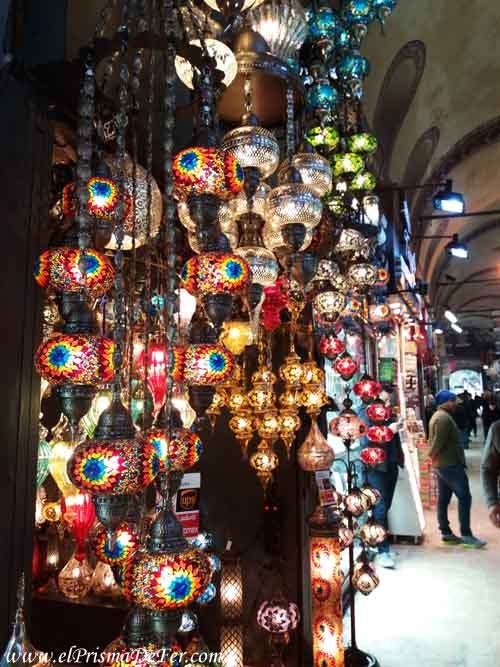
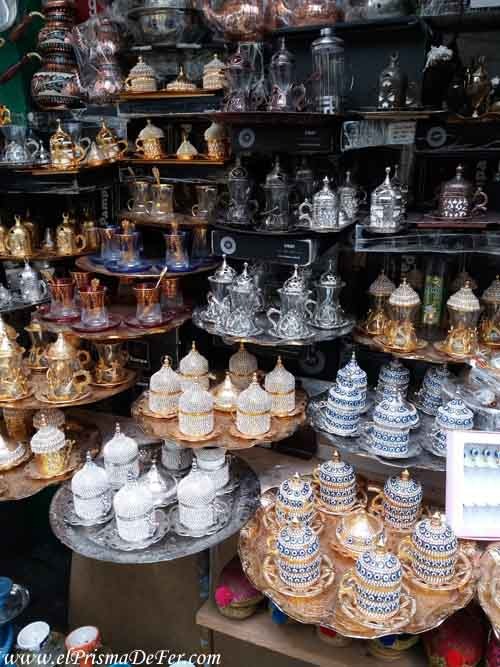
It is recommended to walk slowly, enjoy the colors and aromas, and not be afraid to haggle, which is part of the bazaar culture.
Moreover, the Grand Bazaar is not just a place to shop: it's a reflection of Istanbul's history and daily life. Upon entering, you feel the mix of tourists and locals, the sounds of conversations, vendors displaying their wares, and the aroma of sweets and spices.

It's a perfect place to understand the city a little better and, at the same time, take home an authentic souvenir.
Backpacker tip: Don't be fooled by the prices inside the Grand Bazaar. While the haggling experience is part of the charm, many products are more expensive than in the shops or markets just outside, where locals usually shop.
It happened to me: after a while of negotiating, I made a purchase happy with the price… until I saw the same item much cheaper when I left. So, if you can, compare before you buy; it can save you a few lire.
Spice Bazaar (Mısır Çarşısı)
The Spice Bazaar, also known as the Egyptian Bazaar, is one of Istanbul's oldest and most characterful markets. Built in the 17th century, it was the point of arrival for spices, herbs, and goods from the East, especially from Egypt, hence its name.
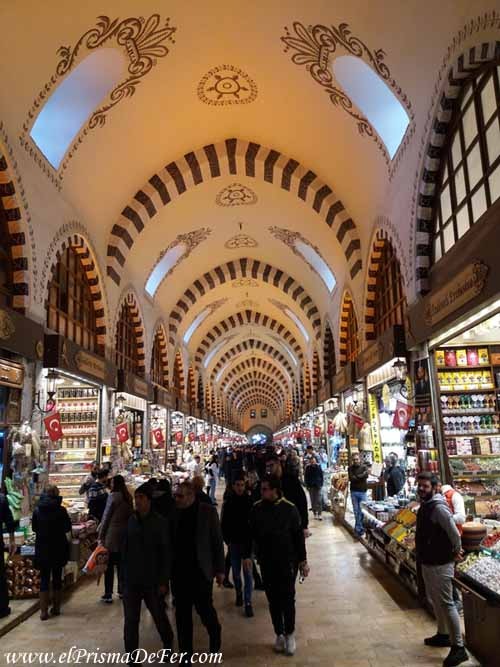
Here you can find everything: saffron, Turkish tea, dried fruits, sweets, honey, natural perfumes, and more. Although it's quite touristy, it retains a more local atmosphere than the Grand Bazaar and is ideal for trying or buying typical products as souvenirs.
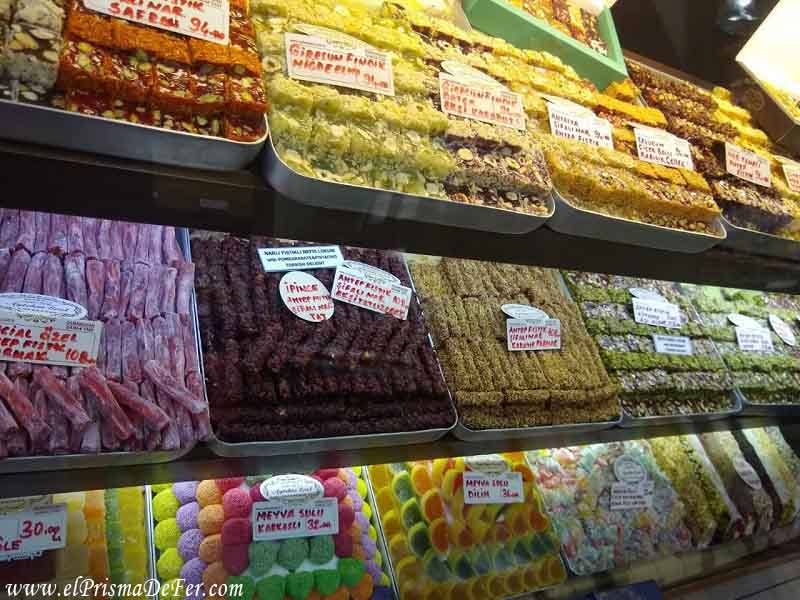
Furthermore, its location, next to the New Mosque (Yeni Camii) and close to the Galata Bridge, makes it very easy to include in any tour of the city.
Visit a hammam (Turkish bath)
Going to a hammam is one of those experiences that truly makes you feel like you're in Turkey. There are very touristy historic baths, such as the Beethoven Senfoni Hotel İstanbul or the Hurrem Sultan, but if you're looking for something more authentic, local and affordable, I recommend venturing a little off the main tourist trail.

I went to Kadırga Hamamı (see location), a more modest hammam but with a very local charm, where the prices are much lower and the experience is genuine. The atmosphere is simple, but the ritual of the bath, the heat, the exfoliation, and the final massage leave you feeling brand new.

It's ideal for relaxing after walking all day.
Galata Tower
The Galata Tower is one of Istanbul's most recognizable icons. It was built in the 14th century by the Genoese as a watchtower, and today it offers one of the best panoramic views of the city.
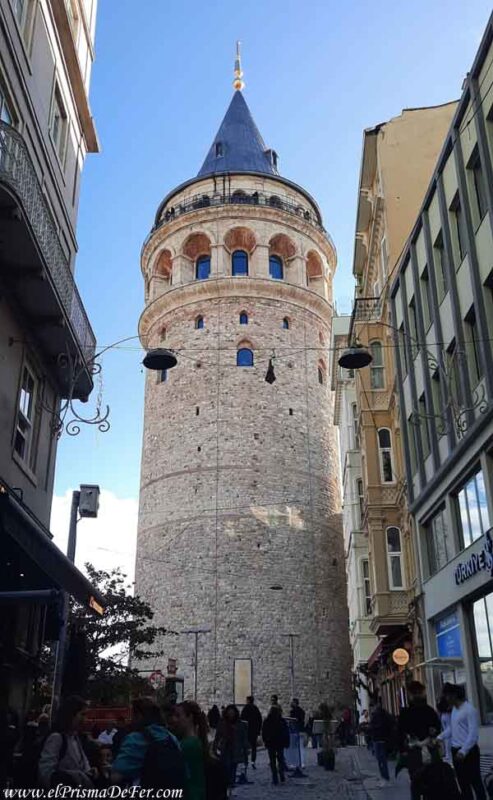
Climbing to the viewpoint is totally worth it. From the top you can see the Golden Horn, the Bosphorus, the mosques of Sultanahmet, and the neighborhoods that stretch to the horizon.
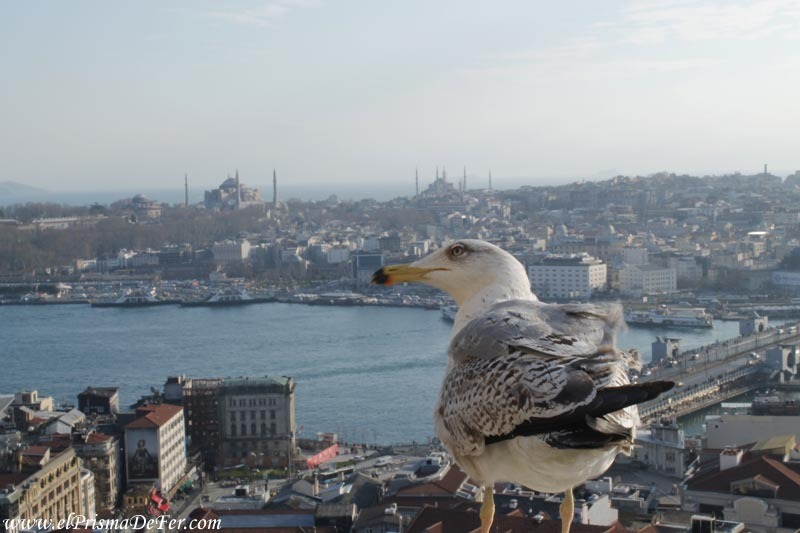
It is especially beautiful at sunset, when the sky turns orange and the call to prayer echoes throughout the city.
Walk around the Taksim and İstiklal Caddesi area
The Taksim district is the modern heart of Istanbul. Its main street, İstiklal Caddesi, is a pedestrian avenue full of shops, cafes, restaurants and street performers. It's the perfect place to experience the city's contemporary pulse.

Walking its length, from Taksim Square to the Galata Tower, is a must. At every turn you'll find something different: an old tram, a hidden art gallery, or a small shop selling freshly baked baklava.
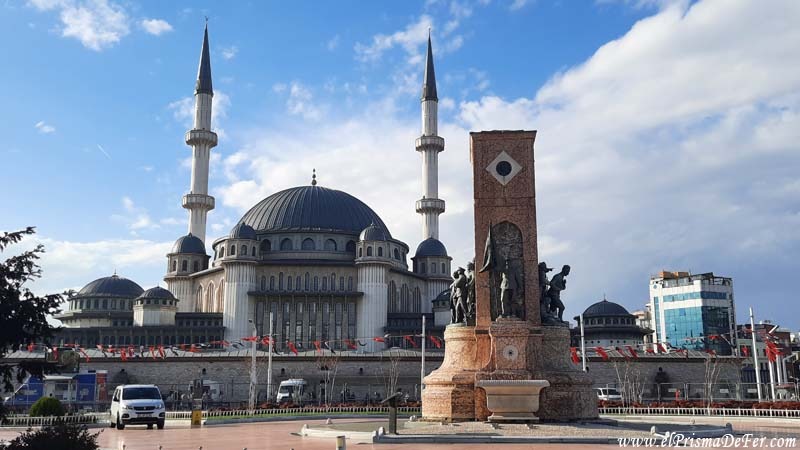
Galata Bridge
The Galata Bridge connects the Eminönü neighborhood with Karaköy, and beyond being an everyday crossing, it is one of the liveliest places in Istanbul.
Upstairs, locals fish from morning till night, and downstairs there's a row of restaurants serving fresh fish and tea.
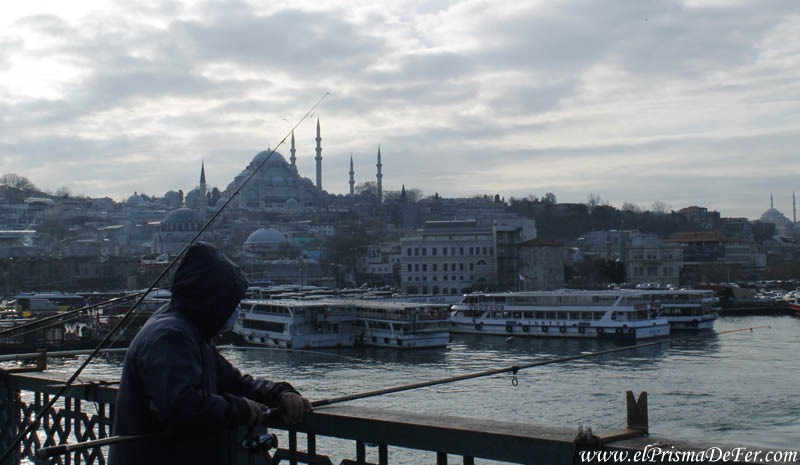
Walking it at sunset is a classic, and if you like photography, you'll want to stay for a while.
From the center of the bridge you have one of the best views of the city, with the mosques silhouetted against the sky.
Ferry trip on the Bosphorus
Taking a ferry across the Bosphorus is a must-do experience. Not only is it part of public transport, but it's also one of the best ways to see the city from a different perspective.
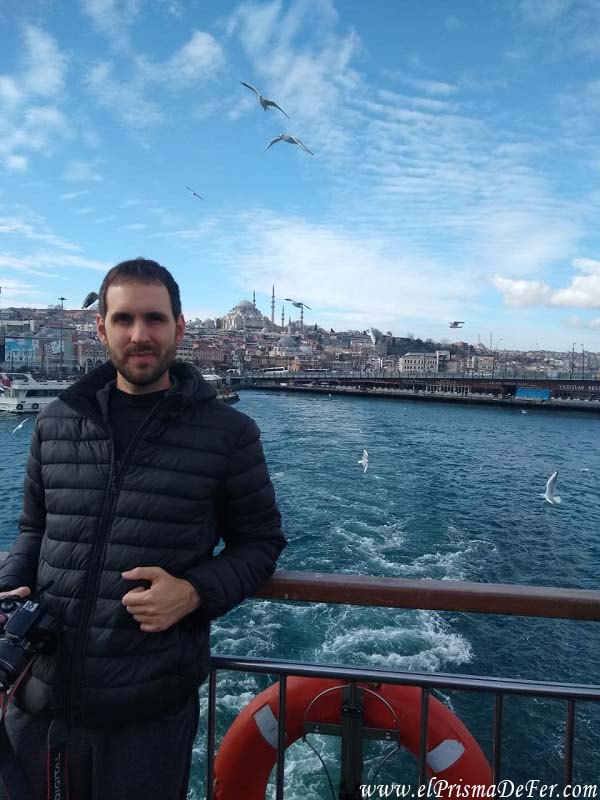
You can take the short route between Eminönü and Kadıköy, or hop on a longer ferry that travels the entire strait to the Black Sea.
In both cases, the walk is incredible: seeing the palaces, mosques and wooden houses glide along the shore, with the wind from the Bosphorus in your face, is one of the best memories you will take away from Istanbul.
Cross to the Asian side
Crossing to the Asian side of Istanbul is very easy and totally worth it. The ferry from Eminönü or Karaköy drops you off in Kadıköy or Üsküdar, quieter neighborhoods with a more local and less touristy feel.

Kadıköy, in particular, has a vibrant street life: markets, bars, cafes and independent shops.
It's the ideal place to see the daily life of Istanbul residents and try good Turkish food without the inflated prices of the European side.

Galataport seafront promenade
Galataport is Istanbul's new waterfront promenade (see location), an ideal place to combine Bosphorus views, shopping and gastronomy.
The port has been renovated and offers a modern space with cafes, restaurants and promenade areas, where you can enjoy the sea breeze while watching the port activity.

Walking along Galataport offers a different perspective of the city, away from the hustle and bustle of the historic center. It's also a great spot to catch a ferry or simply sit and enjoy a coffee while watching the boats go by and observing the daily life on the Bosphorus.
Dolmabahçe Palace
Dolmabahçe Palace is one of Istanbul's most majestic sites and a symbol of the splendor of the Ottoman Empire in its final stage.

Built in the mid-19th century by order of Sultan Abdülmecid I, the palace replaced the old Topkapi as the official residence of the sultans.
Its architecture combines European styles, baroque, rococo and neoclassical, with oriental elegance, reflecting the era's fascination with the West.

Located on the banks of the Bosphorus, its prime location allows the light from the water to reflect in the enormous halls and crystal chandeliers, creating an atmosphere of absolute luxury.
See a whirling dervish show
This ritual, known as Sema, combines music, poetry, and dance in a spiritual ceremony that symbolizes union with the divine. The dervishes, dressed in white robes, slowly spin on their own axis in a hypnotic movement that conveys peace and devotion.

Although many performances are now adapted for the public, several venues still retain their traditional essence. One of the most highly recommended is the Hodjapasha Cultural Center, located near Sirkeci. The center occupies a restored Ottoman hammam and offers a careful and respectful presentation of this Sufi ceremony.
It is advisable to book in advance, as it tends to get crowded, especially during peak season.
Conduct a Turkish lamp workshop
One of the most original and entertaining activities to do in Istanbul, especially if you're traveling with family, is to participate in a Turkish lamp workshop. In these workshops, participants create their own mosaic lamp, choosing the colors and design with the classic glass pieces that fill Turkey's bazaars with light.
The experience combines art, culture, and you also take home a souvenir made by yourself, much more special than any other souvenir.
Istanbul viewpoints
Istanbul is full of viewpoints that offer stunning views of the city, ideal for photos and enjoying the skyline. Some of the most popular include:
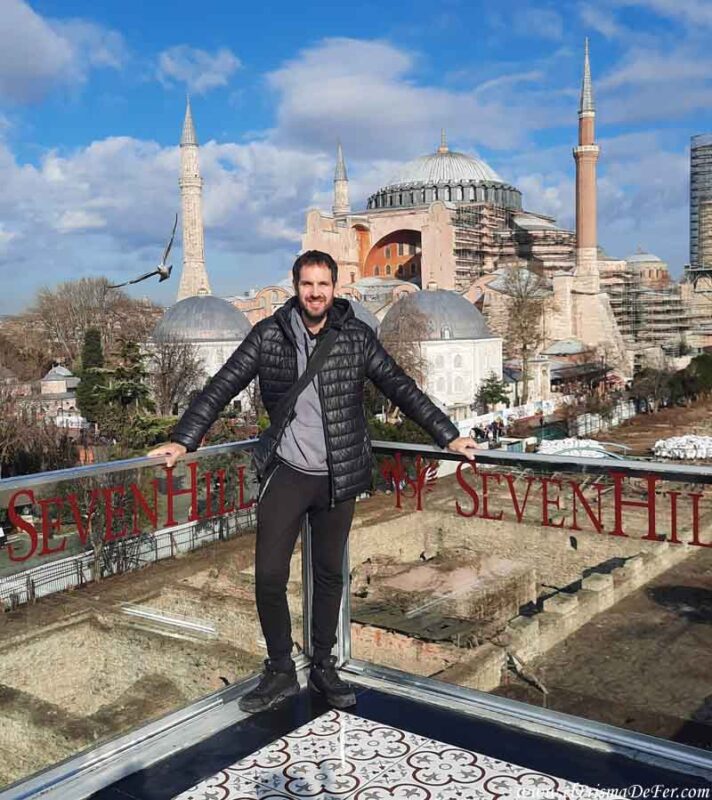
- Seven Hills Restaurant Terrace: one of the most highly recommended viewpoints, and it's free. From there you get spectacular views of Hagia Sophia and the Azzu Mosque. You don't need to buy anything to go up, although having a coffee with that panorama might be a good idea.
- Galata Tower: Classic and central, with views of the Golden Horn and the European city.
- Pierre Loti Café: in Eyüp, on a hill with panoramic views of the Golden Horn; perfect for a sunset coffee, although it is further from the tourist area.
- Çamlıca Hill: On the Asian side, the highest viewpoint in the city, with 360° views encompassing Europe and Asia.
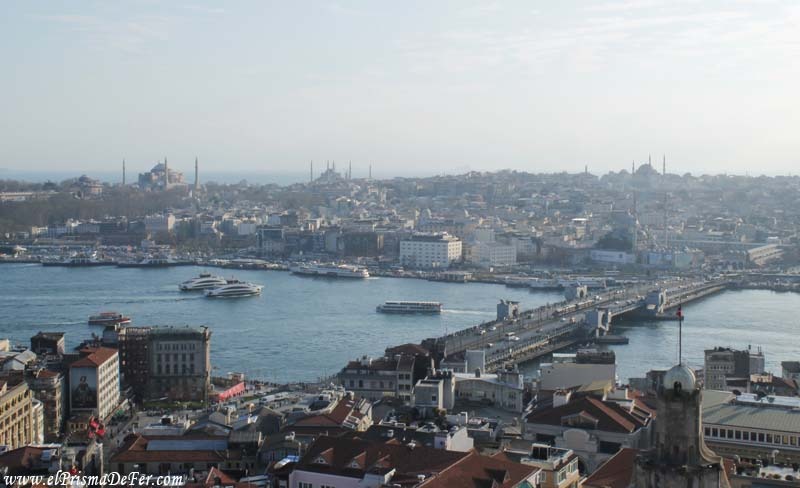
Each one offers a different experience: from urban panoramas to quieter, greener views, and all are worthwhile to capture the essence of Istanbul from above.
The most popular mosques to visit in Istanbul
Besides the Blue Mosque and Hagia Sophia, there are other mosques that are worth a visit.

- Süleymaniye Mosque: Perched atop a hill, it offers one of the best views of the Golden Horn. It is less crowded and conveys a great sense of peace.
- Rüstem Pasha Mosque: A small hidden gem near the Spice Bazaar, with stunning tiled interior decoration and much less touristy.
- Ortaköy Mosque: Located on the banks of the Bosphorus, it combines Ottoman architecture with an unparalleled view of the bridge of the same name. Ideal for photos.
- Eyüp Sultan Mosque: one of the holiest mosques for Muslims in Turkey. It is surrounded by a historic cemetery and the famous Pierre Loti viewpoint.
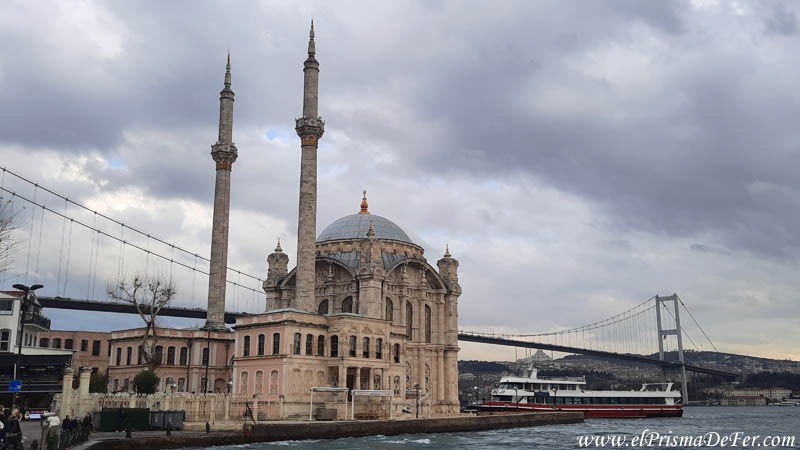
Each one has its own charm, and the best time to visit them is outside of prayer times, when the atmosphere is quieter and you can appreciate the architecture in silence.
Activities organized in Istanbul

Istanbul in film and television
Istanbul has a charm that seems straight out of a movie or a Turkish soap opera, and it's no coincidence that it's the setting for so many stories on screen. Its mosques, cobblestone streets, bazaars, and views of the Bosphorus create a dramatic and romantic backdrop that inspires screenwriters and directors.
The city has appeared in international films such as Skyfall, where James Bond tours the Grand Bazaar and the rooftops of the Golden Horn, or in The International, with scenes filmed in the Sultanahmet area.
But beyond cinema, Istanbul is the heart of Turkish series, known as dizis, which have become popular worldwide. There, every corner, from the cafes on the Asian side to the ferries on the Bosphorus, can become the setting for a romance, a family intrigue, or an urban drama worthy of any soap opera.

For those who visit, walking through the city while thinking about these stories gives it a special touch; suddenly it seems that any alley could be part of an unexpected encounter between characters.
Istanbul has that magic, that mix of history, modernity and mystery that makes the city feel alive and cinematic on every corner.
Where to stay in Istanbul
Choosing where to stay in Istanbul depends largely on the type of trip you have in mind. The city is enormous and each area has its own distinct atmosphere, so it's worth carefully considering where you want to base yourself.
Sultanahmet historic center
If it's your first time in Istanbul, I recommend staying in the historic center of Sultanahmet, near Hagia Sophia, the Blue Mosque, and Topkapi Palace.
It's the historic heart of the city, where most of the must-see sights are concentrated on a first visit. Plus, everything is within walking distance.
In that area I stayed at the Agora Guesthouse, one of the best options in terms of price-quality ratio: comfortable rooms, an excellent breakfast and a terrace overlooking the Bosphorus that is worth every lira.

Taksim
Another area I liked to stay in was Taksim, where the Galata Tower is located, on the European side but more modern and bustling, full of cafes, bars and charming little streets.
I stayed at Hostel Le Banc, one of the best options for backpackers: good location, traveler atmosphere, and affordable prices. Ideal if you want to be close to the Tower.
Asian side
And if you want a different experience, you can also stay on the Asian side, in neighborhoods like Kadıköy or Üsküdar, where life is quieter, prices are lower, and the atmosphere is more local.
But if you're arriving in Istanbul for the first time, my advice is to start in the Sultanahmet area. Spending at least a few days there allows you to experience the city's historical essence and have the main attractions within easy reach.
Then, if you have more time, you can always cross to the other side of the Bosphorus to discover a different side of Istanbul.
How to get around in Istanbul
Getting around Istanbul might seem challenging at first, but once you understand how its transport network works, it becomes much easier. The city is huge and divided by the Bosphorus Strait, so it's best to combine different modes of transport depending on the area you want to explore.
The tram (T1) is the most convenient way to travel between the main tourist attractions on the European side, connecting places like Sultanahmet, the Spice Bazaar, Galata, and Kabataş. There is also a modern metro line, convenient for longer journeys.
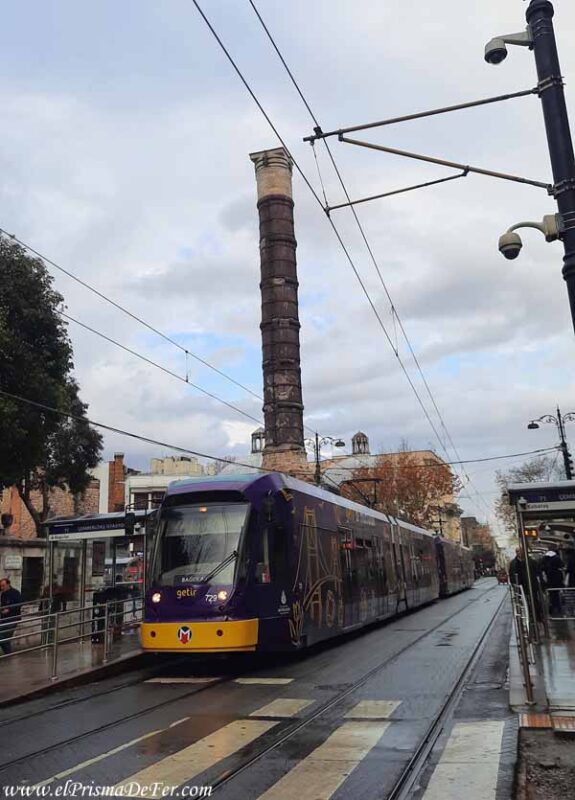
The Bosphorus ferries are one of the most beautiful and affordable ways to travel between Europe and Asia, with frequent departures from Eminönü, Karaköy, or Kabataş to Kadıköy and Üsküdar. Besides being public transport, they are an enjoyable experience in themselves.
For more specific journeys, you can use buses or minibuses (dolmuş), although traffic can be heavy during peak hours.
And if you want to get around in complete comfort, apps like BiTaksi or Uber work well and have reasonable prices.
Most importantly: get an Istanbulkart, the rechargeable card that works for all means of transport. It's easy to buy and top up at stations and lets you travel without worrying about individual tickets.

How to get from Sultanahmet or Taksim to Istanbul Airport
Istanbul Airport (IST) is quite far from the city center, so it's important to plan your transfer well to avoid arriving rushed. From Sultanahmet, Taksim, or any other central location, there are several options depending on your budget and comfort level:
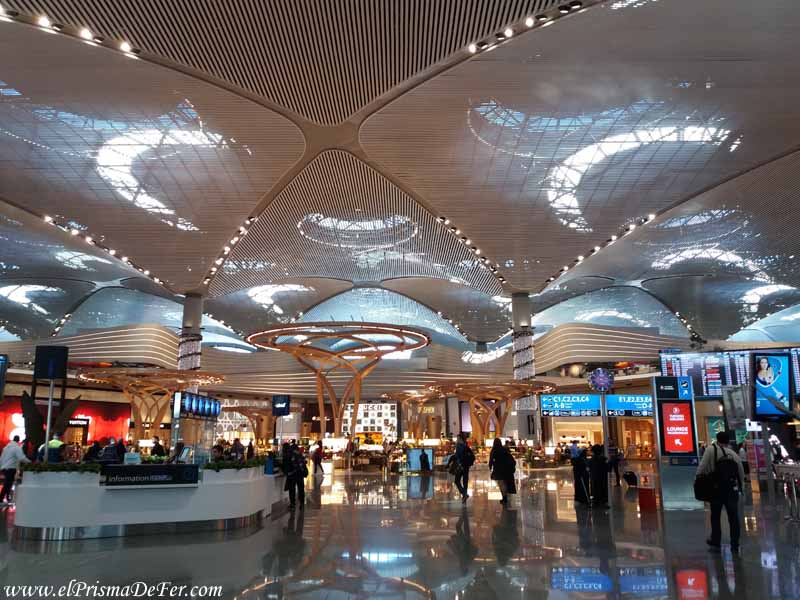
Metro (line M11)
Since 2024, the M11 line has been in operation, connecting the Gayrettepe station with the airport. It's a modern, fast and economical option: the journey takes about 30-35 minutes and avoids traffic.
Havaist
The most popular way is to take a Havaist, the express bus service that connects different points in Istanbul with the airport. The journey takes approximately 60–90 minutes, depending on traffic, and is quite comfortable. The buses have luggage space and depart frequently.
You can visit the official website to find out about all departure points and times.
Taxi or Apps (BiTaksi / Uber)
Taking a taxi is the most direct and flexible option, but also the most expensive, especially during rush hour. The journey can cost between 35 and 50 euros/lira, depending on traffic and the time of day. Apps like BiTaksi or Uber work very well and avoid price surprises.
Private transfer or hotel shuttle
Some accommodations offer private or shared transfers, which can be a convenient option if you are traveling with a lot of luggage or in a group. It's more expensive than Havaist, but much more relaxed if you don't want the hassle of buses or taxis.
Leave well in advance, especially if you're traveling during rush hour, as traffic in Istanbul can be unpredictable and the airport is quite far from the city center.
What is the best time to visit Istanbul?
Istanbul can be visited year-round, but the experience varies considerably depending on the season.
Spring (April to June) and autumn (September to November) are usually the best times: the weather is pleasant, the temperatures are mild, and there are fewer tourists than in the middle of summer.
Summer can be hot and humid, especially in July and August, and the main tourist spots are packed with visitors.
On the other hand, winter is cold and rainy, although it has its charm: the city is quieter, accommodation prices are lower and you can explore it without crowds.

Personally, both times I was in Istanbul it was in winter, and I remember it being very cold, especially walking near the Bosphorus or on the ferries. Even so, the city's atmosphere under gray skies and the fog that seeps between the minarets has a unique charm that is hard to forget.
How many days to spend in Istanbul
Istanbul is a city to get lost in at your leisure. Between mosques, palaces, bazaars, ferries, and lively alleyways, there's really no limit to how many days you can spend there; you'll always find something new to discover. Each neighborhood has its own unique character, and every stroll can reveal hidden gems you never imagined.
However, if you're planning your first trip and want to see the most iconic sights without feeling rushed, I'd say the minimum recommended time is between 4 and 5 days.
With that time you can visit the historical part (Hagia Sophia, Blue Mosque, Topkapi Palace, the Basilica Cistern), explore Galata and Taksim, cross over to the Asian side and spend a couple of hours on ferry rides or getting lost in the markets and hammams.
If you have more days, you can take the time to explore less touristy neighborhoods, enjoy cafes, try more local cuisine and experience the city calmly, as it truly deserves.
Final thoughts on my stay in Istanbul
Istanbul is undoubtedly one of my favorite cities. I've visited it twice so far, on completely different trips.
The first time was in 2020, for five days, on a trip that also included Egypt, Jordan and Israel. That time I focused on visiting the classics: Hagia Sophia, the Blue Mosque, Topkapi Palace, the Basilica Cistern and the Grand Bazaar.
My second visit was in 2024, and this time I spent about ten days exploring the city at a more leisurely pace. I noticed that prices had increased considerably, but fortunately, I already knew the main attractions, so I was able to enjoy Istanbul in a different way: wandering aimlessly through its neighborhoods, having coffee in less touristy spots, chatting with other travelers, and discovering details that go unnoticed on a first trip. It was a different kind of stay, more relaxed and personal, which allowed me to feel the true pulse of the city.
There will undoubtedly be a third visit (and probably more), because Istanbul is not only fascinating in itself, but also serves as a perfect hub for further exploration of Asia.
Every time I return, the city shows me something new and always leaves me wanting to come back.
Support The Prism of Fer!
Your support helps me continue creating free content on the blog. Thank you so much!




